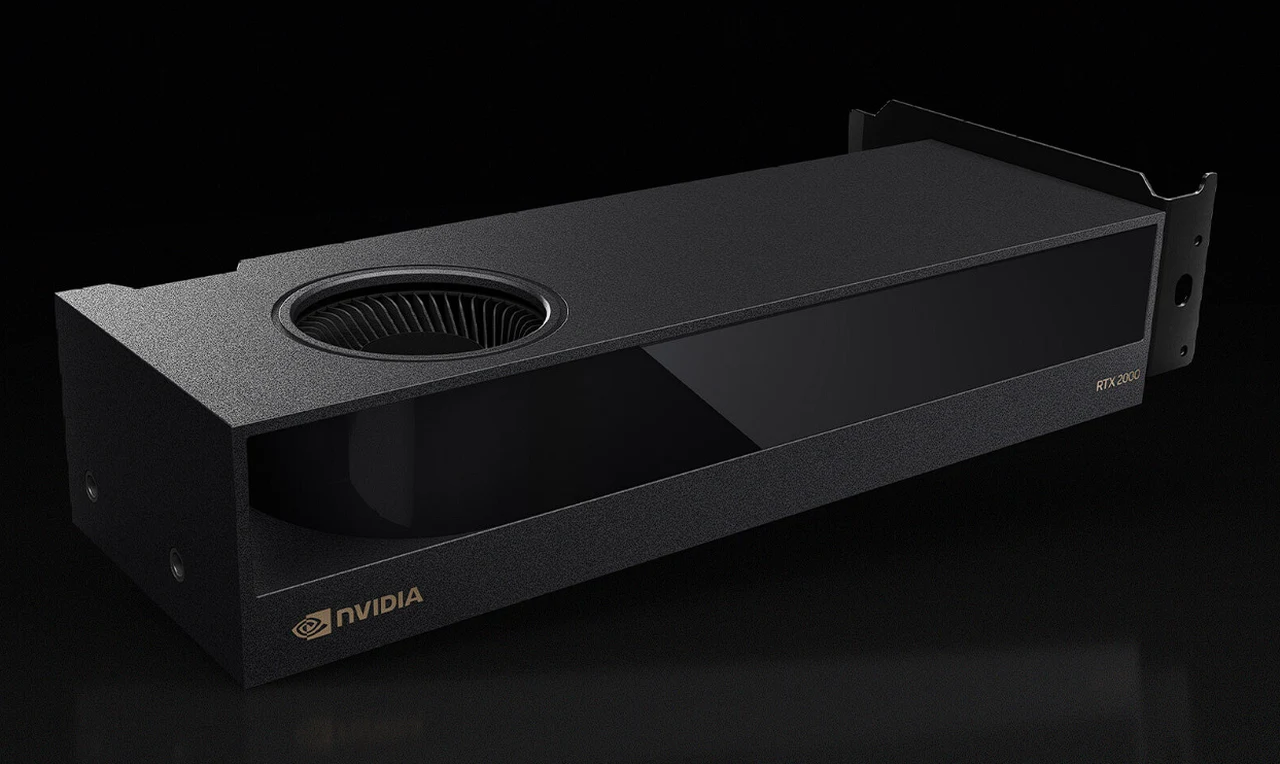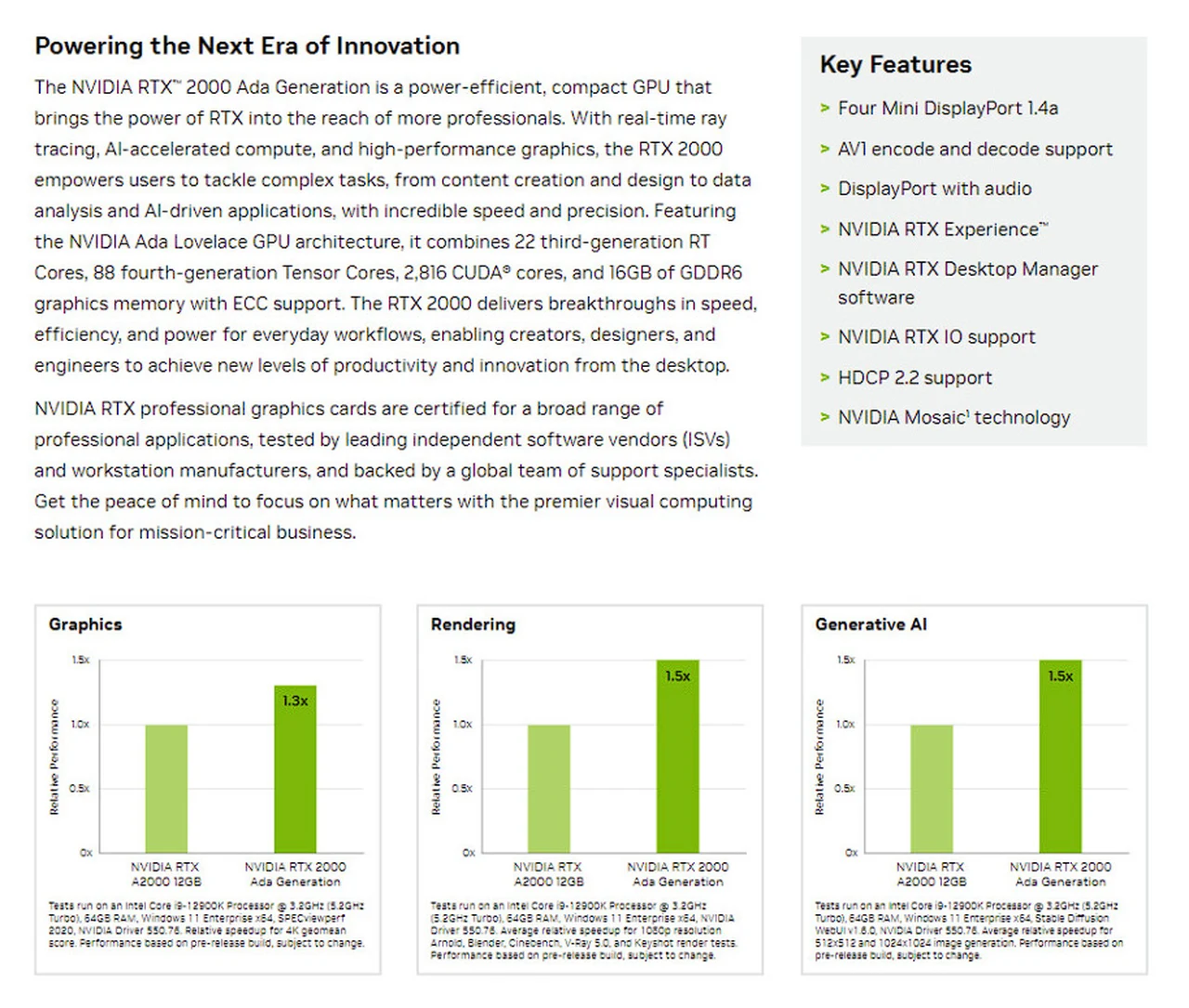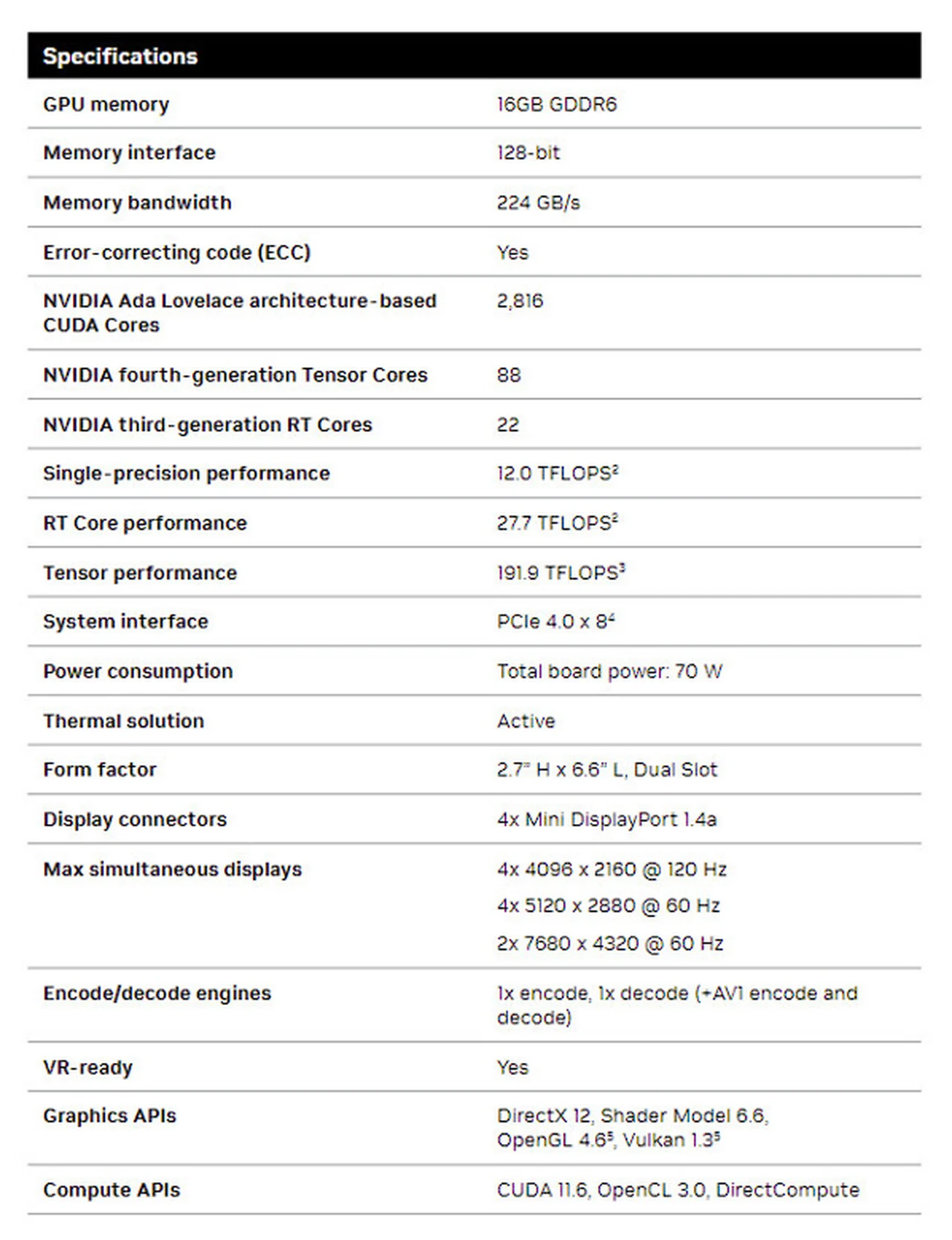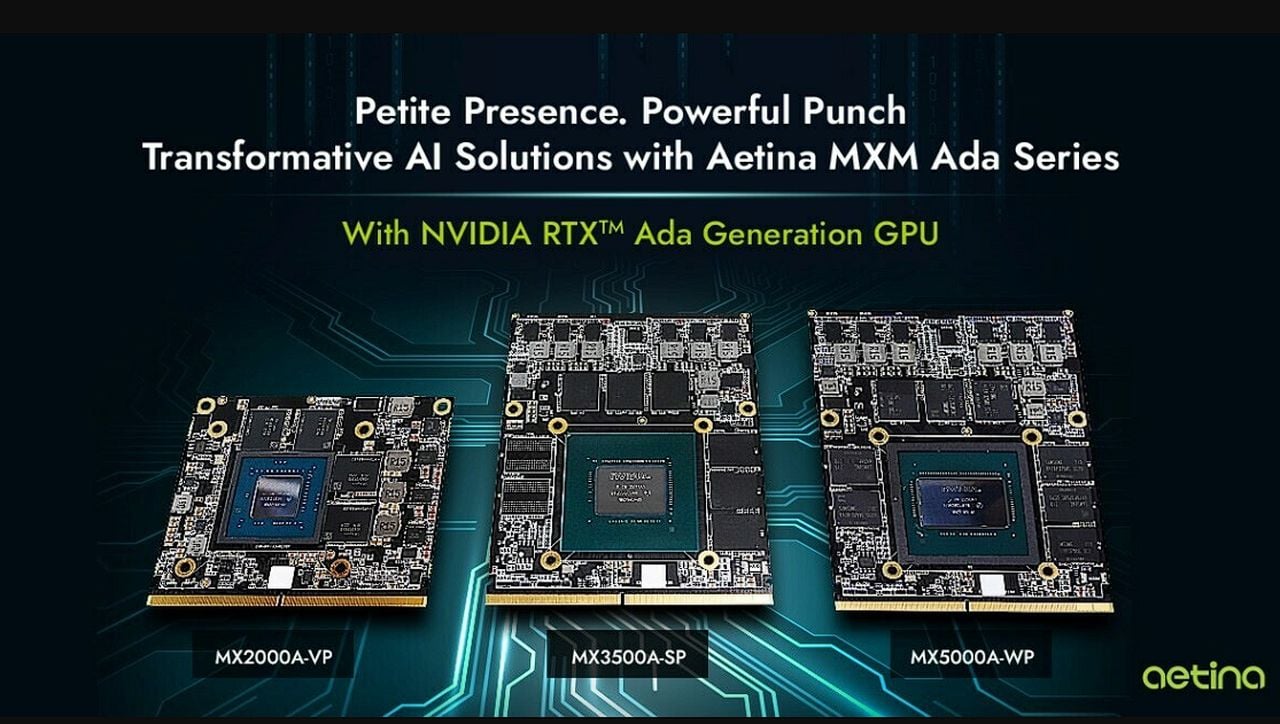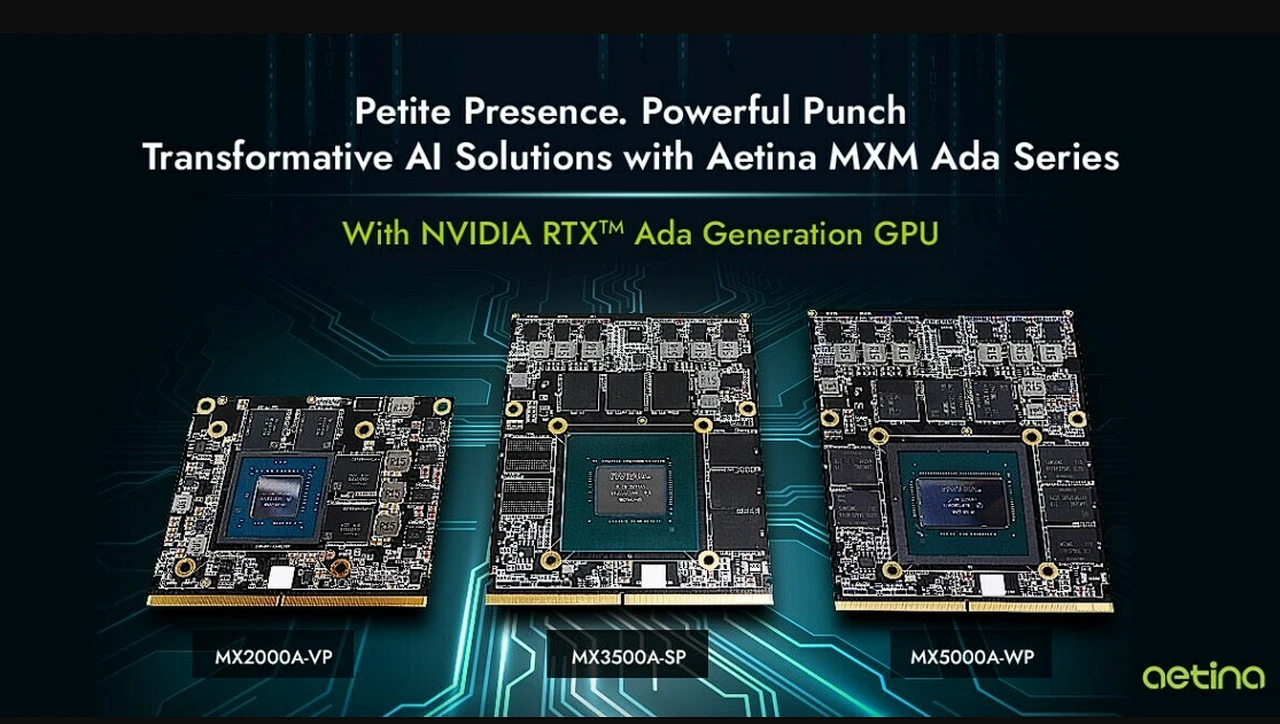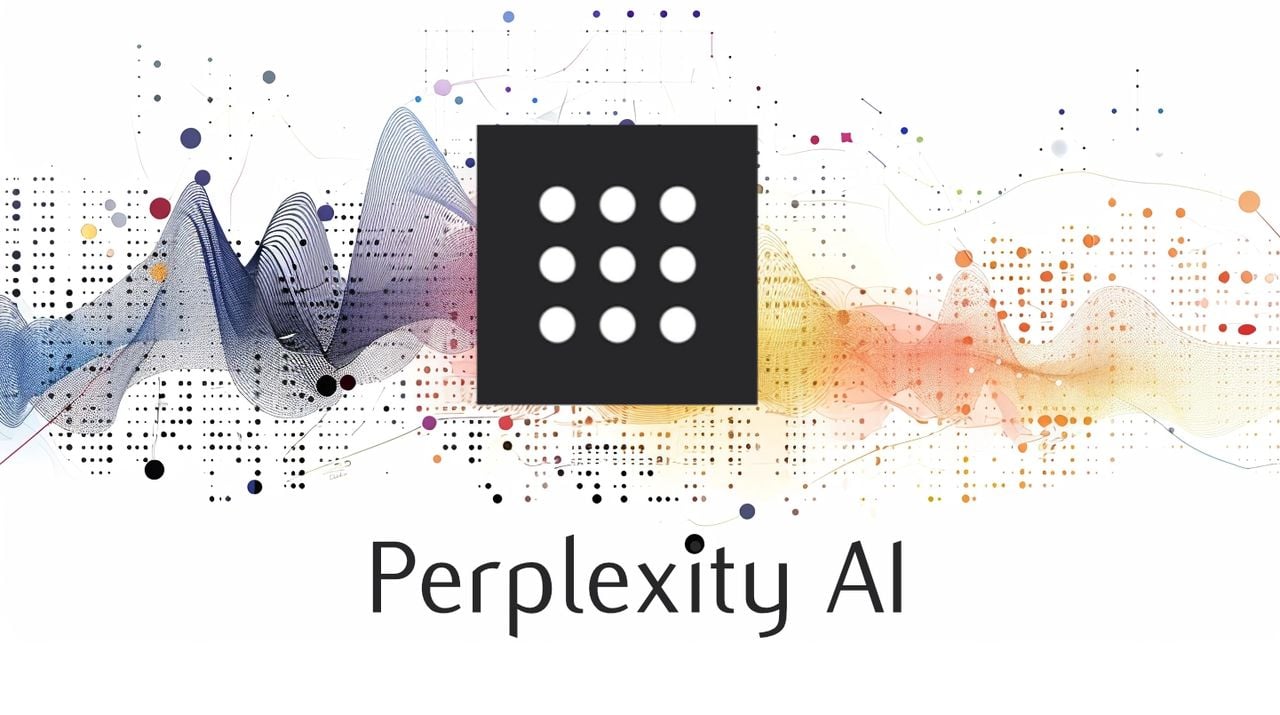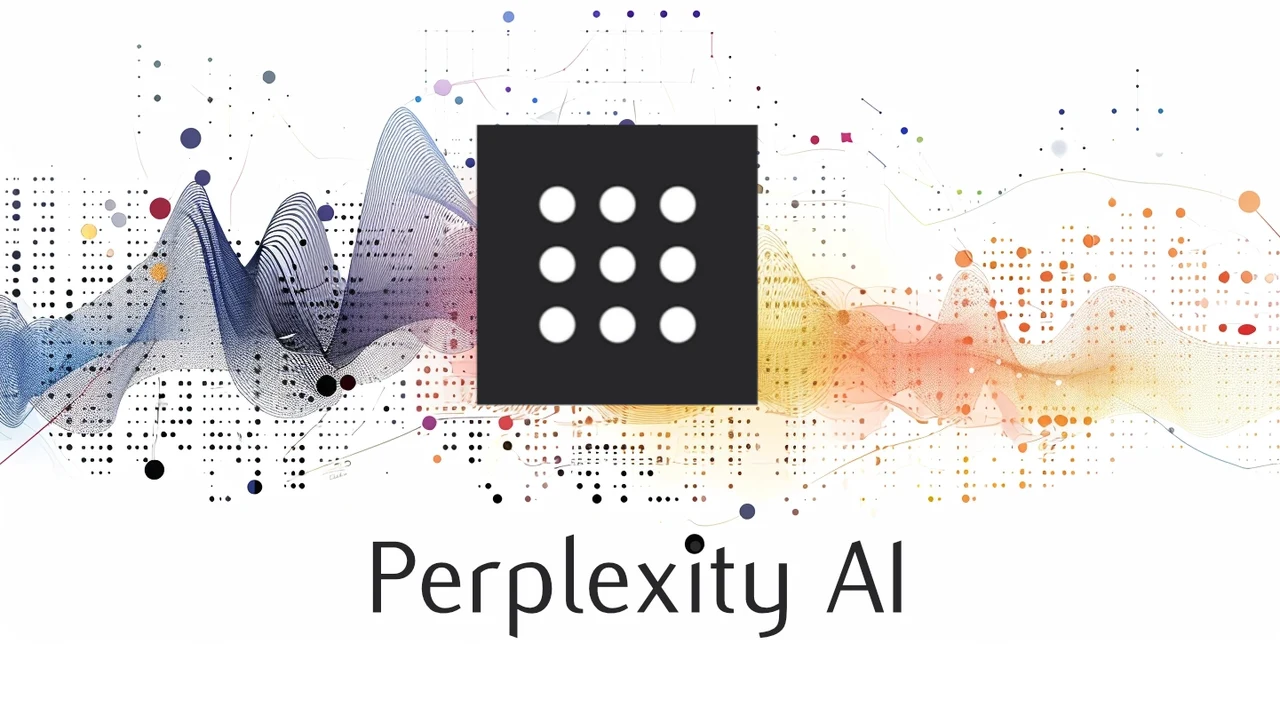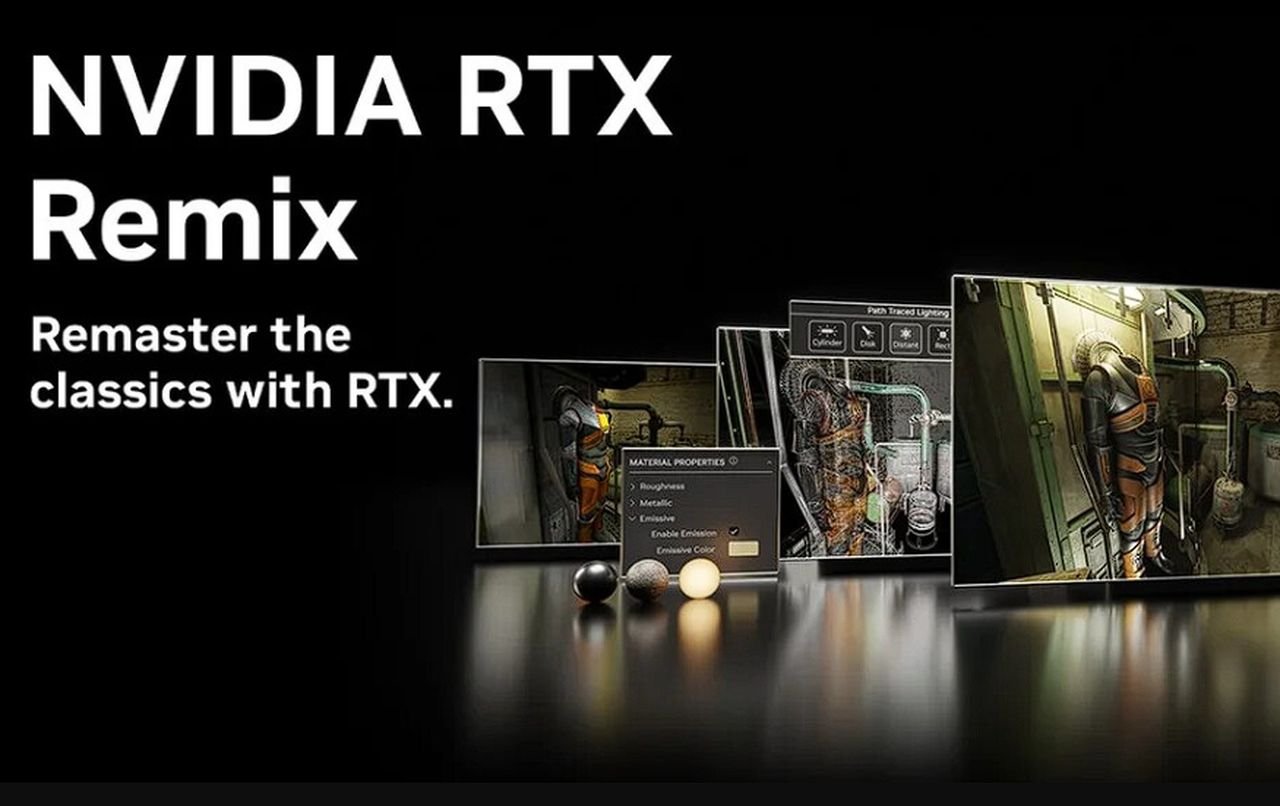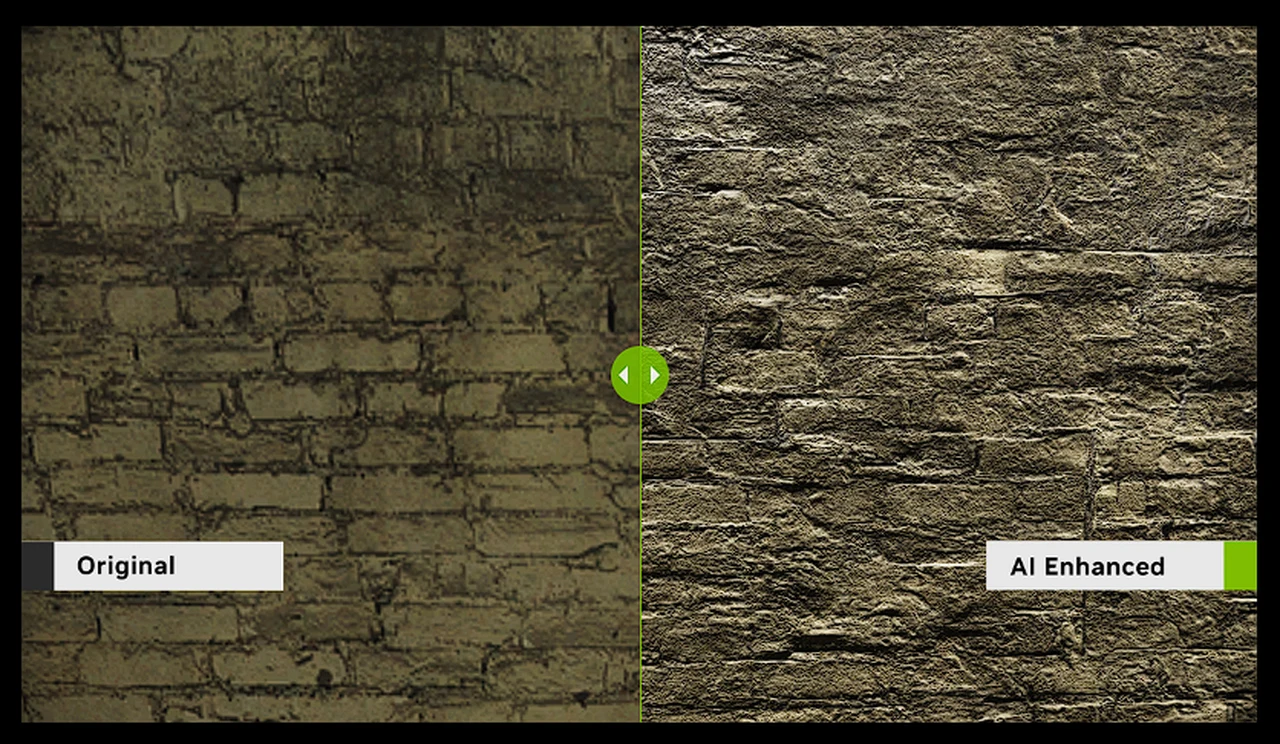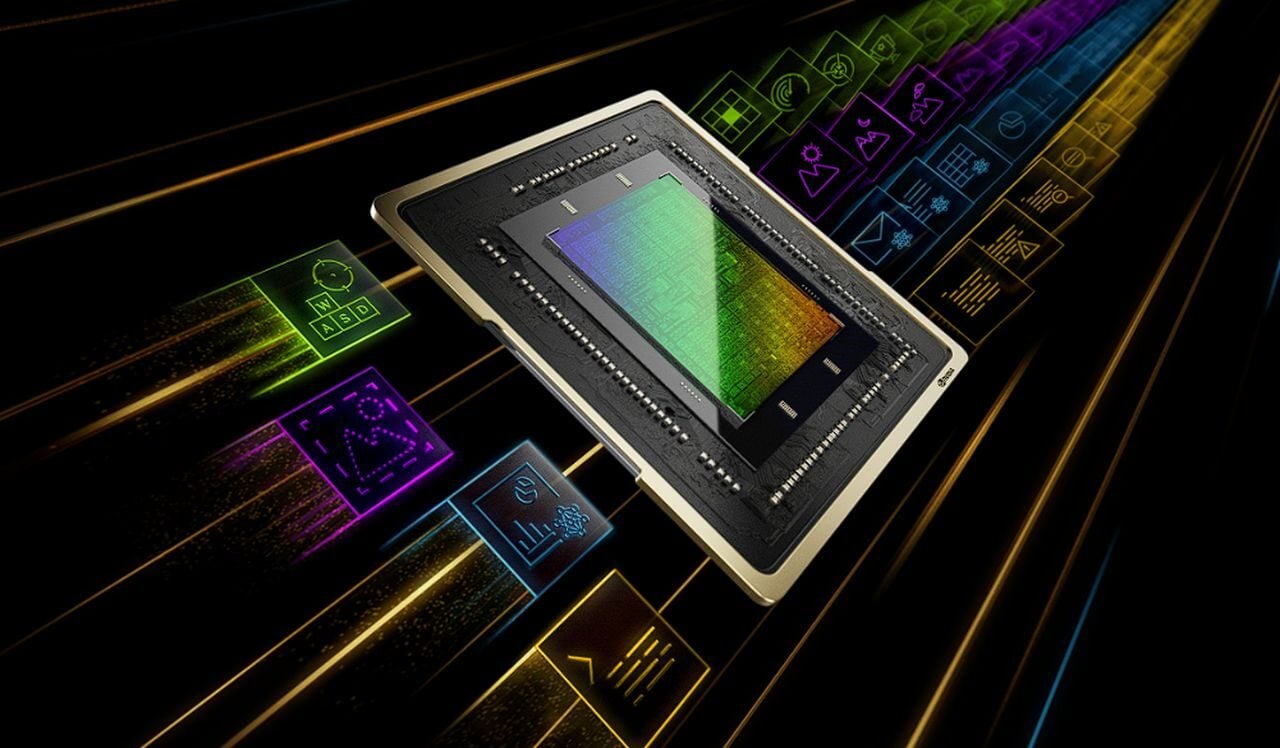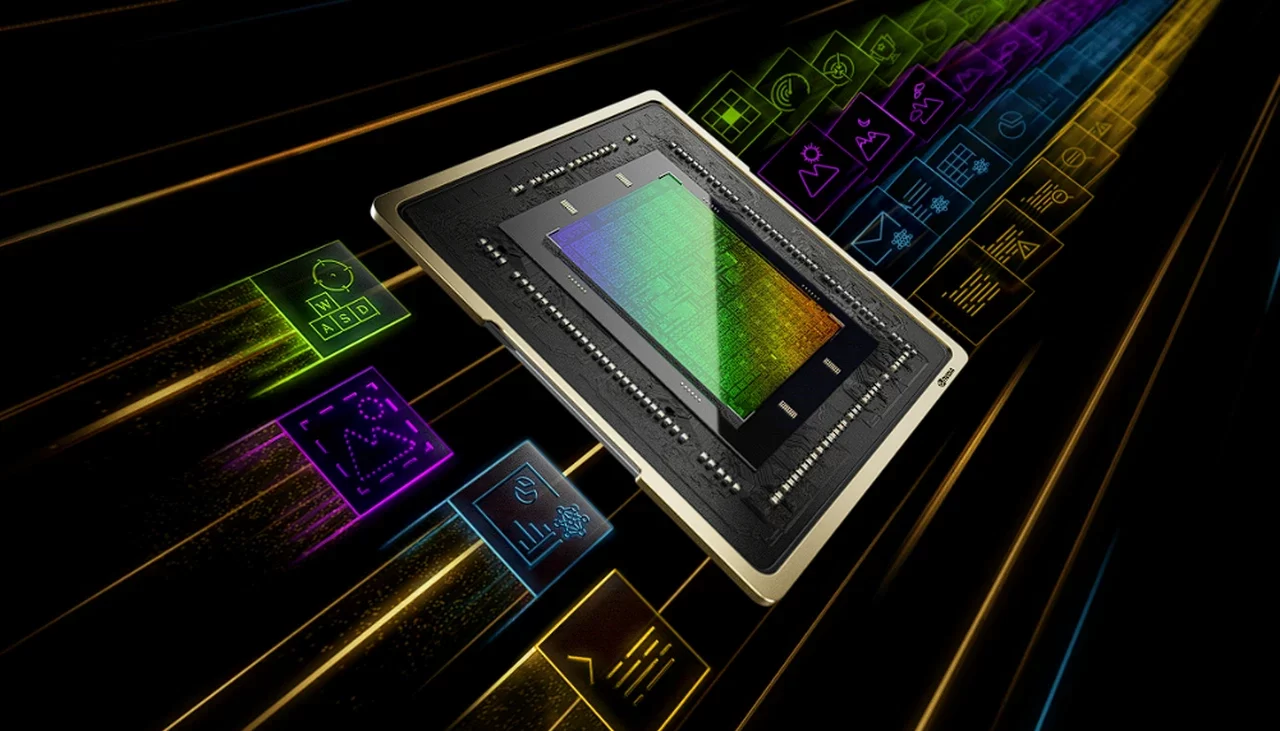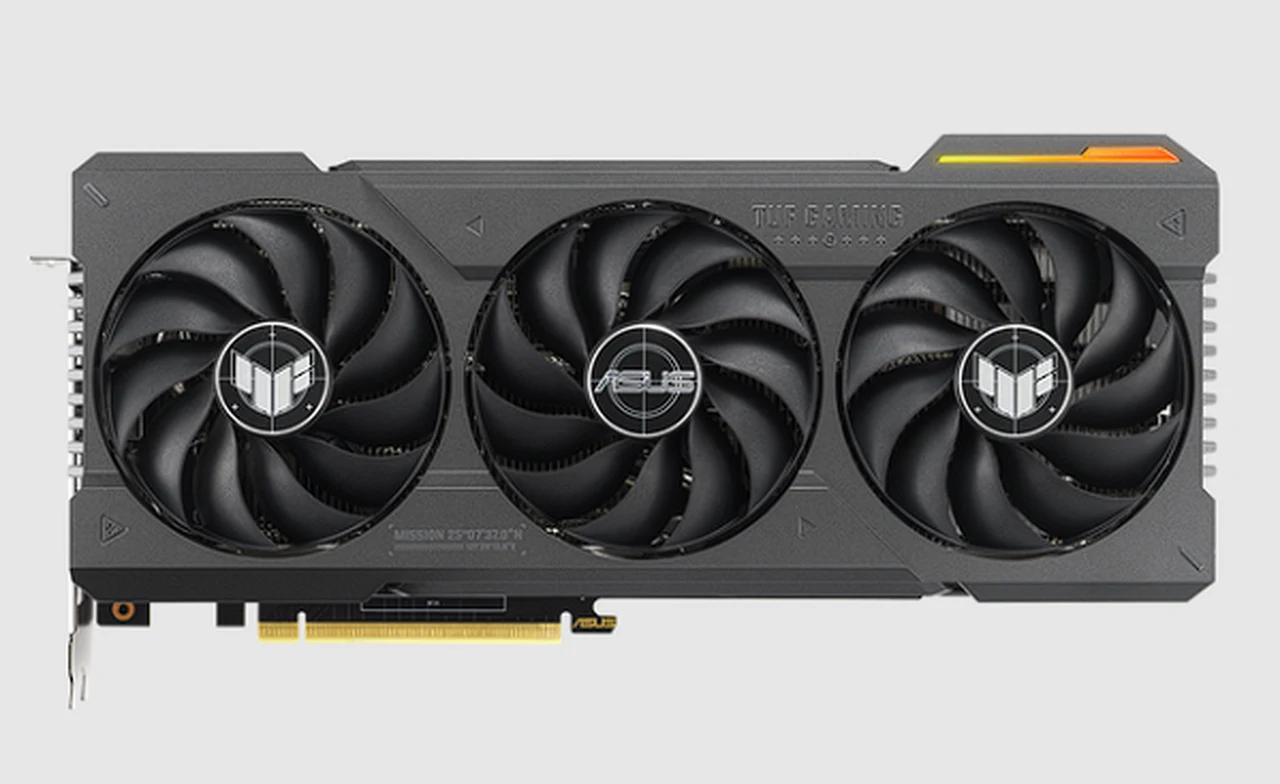
NVIDIA’s senior research scientist, Jim Fan, has introduced a concept that is poised to enhance the way AI operates across different environments. During a recent Ted Talk, Fan presented the “foundation agent,” a specialized AI designed to master a wide array of skills, making it adept at functioning in both digital and physical realms. This development marks a significant step forward in AI technology, as it moves beyond the goal of replicating human cognition, which is the focus of Artificial General Intelligence (AGI).
Foundation agents are not just another type of AI; they are built to excel in diverse scenarios, from gaming and the emerging metaverse to advanced drone operations and the creation of humanoid robots. Nvidia’s own foundation agent, known as Voyager, has already showcased its prowess by playing the popular game Minecraft at a professional level. Voyager’s ability to learn independently and navigate intricate environments is a clear indication of its sophisticated learning mechanisms.
What sets Voyager apart is its method of “coding as action,” which allows it to convert interactions within a 3D space into textual commands. This process enables the AI to refine its skills within the gaming environment. Moreover, foundation agents are designed to be self-improving entities, constantly seeking out new challenges and acquiring new abilities without being confined to a fixed development trajectory.
NVIDIA Voyager AI Agent
Here are some other articles you may find of interest on the subject of NVIDIA
Training these advanced AI agents involves the use of comprehensive datasets, such as YouTube videos, which equip the agents with the knowledge to operate in various forms, from robots to simulations, and in different realities, whether virtual or physical.
The inspiration behind these AI systems stems from the simulation hypothesis, which posits that our own reality might be a simulation. This intriguing idea has shaped the way AI agents are developed, with an emphasis on their ability to move seamlessly between simulated environments and the real world, thus ensuring their versatility and effectiveness.
NVIDIA’s platforms, Omniverse and ISAC Sim, play a crucial role in the training and simulation of these AI agents. These platforms offer the scalability and flexibility needed for practical applications in the real world. A notable example of this technology in use is Urea, a robotic hand that has mastered complex tasks through a blend of language modeling and reinforcement learning within simulated settings.
The presentation offers a forward-looking view into the development and potential future of generally capable AI agents, drawing upon significant milestones in AI research and development, such as the notable victory of AlphaGo over human Go champion Lee Sedol in 2016. This victory is positioned as a watershed moment, signaling the mainstream arrival of AI agents but also highlighting their limitations in versatility and applicability across diverse tasks and environments. The speaker’s narrative then transitions towards a vision for AI agents that are as adaptable and multifaceted as those depicted in science fiction, capable of operating across a broad spectrum of activities, physical forms, and realities.
Jim Fan NVIDIA AI Ted Talk Summary
The presentation offers a forward-looking view into the development and potential future of generally capable AI agents, drawing upon significant milestones in AI research and development, such as the notable victory of AlphaGo over human Go champion Lee Sedol in 2016. This victory is positioned as a watershed moment, signaling the mainstream arrival of AI agents but also highlighting their limitations in versatility and applicability across diverse tasks and environments. Fan’s narrative then transitions towards a vision for AI agents that are as adaptable and multifaceted as those depicted in science fiction, capable of operating across a broad spectrum of activities, physical forms, and realities.
The journey towards achieving such broadly capable AI agents is structured around three primary axes of development:
- Skill Acquisition: The speaker introduces the Voyager project, an AI that demonstrates the ability to learn and execute a wide array of skills within the Minecraft environment. By converting the game’s 3D world into a textual representation and using GPT-4 to generate JavaScript code, Voyager autonomously develops executable skills. Through a cycle of action, observation, reflection, and adaptation, it expands its abilities, showcasing a form of lifelong learning.
- Embodiment Flexibility: The MetaMorph initiative is presented as a breakthrough in enabling a single AI model to control and adapt to thousands of robots with varying configurations. This is achieved through a specialized vocabulary that describes each robot’s body parts, allowing the AI to generate appropriate motor controls. MetaMorph represents a significant step towards achieving versatility in physical embodiment for AI agents.
- Reality Mastery: IsaacSim, an Nvidia simulation tool, exemplifies the capability to rapidly accelerate the learning process for AI agents by simulating physical laws and environments at speeds vastly exceeding real-time. This capability allows for the efficient training of AI models in complex tasks and environments, suggesting a pathway for AI to generalize skills across virtual and potentially real-world settings.
The concept of a “Foundation Agent” is introduced as the ultimate goal, an AI that can generalize across all three development axes—skill variety, embodiment diversity, and reality adaptation. The Foundation Agent would operate based on prompts related to tasks and embodiments, applying a scalable approach similar to how ChatGPT handles diverse language tasks. The speaker envisions a future where such a Foundation Agent enables the autonomy of entities across both physical and virtual domains, embodying the versatility and adaptability seen in fictional AI characters.
In conclusion, the presentation outlines a roadmap for the evolution of AI from specialized agents like AlphaGo to universally capable entities. By harnessing advancements in skill acquisition, embodiment flexibility, and reality mastery, the speaker advocates for a future where AI can fulfill the diverse and dynamic roles envisioned in science fiction, marking a significant leap forward in our quest for artificial intelligence.
Fan’s Ted Talk underscored the transformative potential of foundation agents in bridging the gap between the digital and physical worlds. As these agents continue to evolve, they are expected to enhance our interactions with technology and broaden our abilities across various industries. The introduction of foundation agents is a testament to Nvidia’s commitment to advancing AI technology and its applications, promising to enrich our experiences in ways we have yet to imagine.
Filed Under: Guides, Top News
Latest timeswonderful Deals
Disclosure: Some of our articles include affiliate links. If you buy something through one of these links, timeswonderful may earn an affiliate commission. Learn about our Disclosure Policy.






